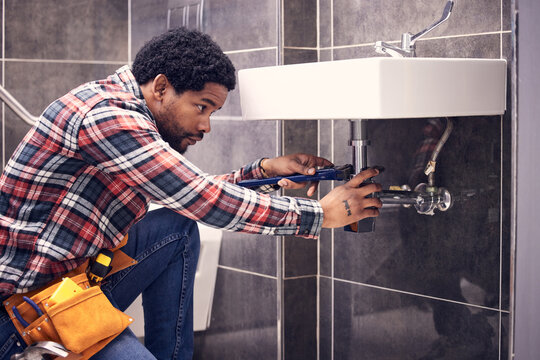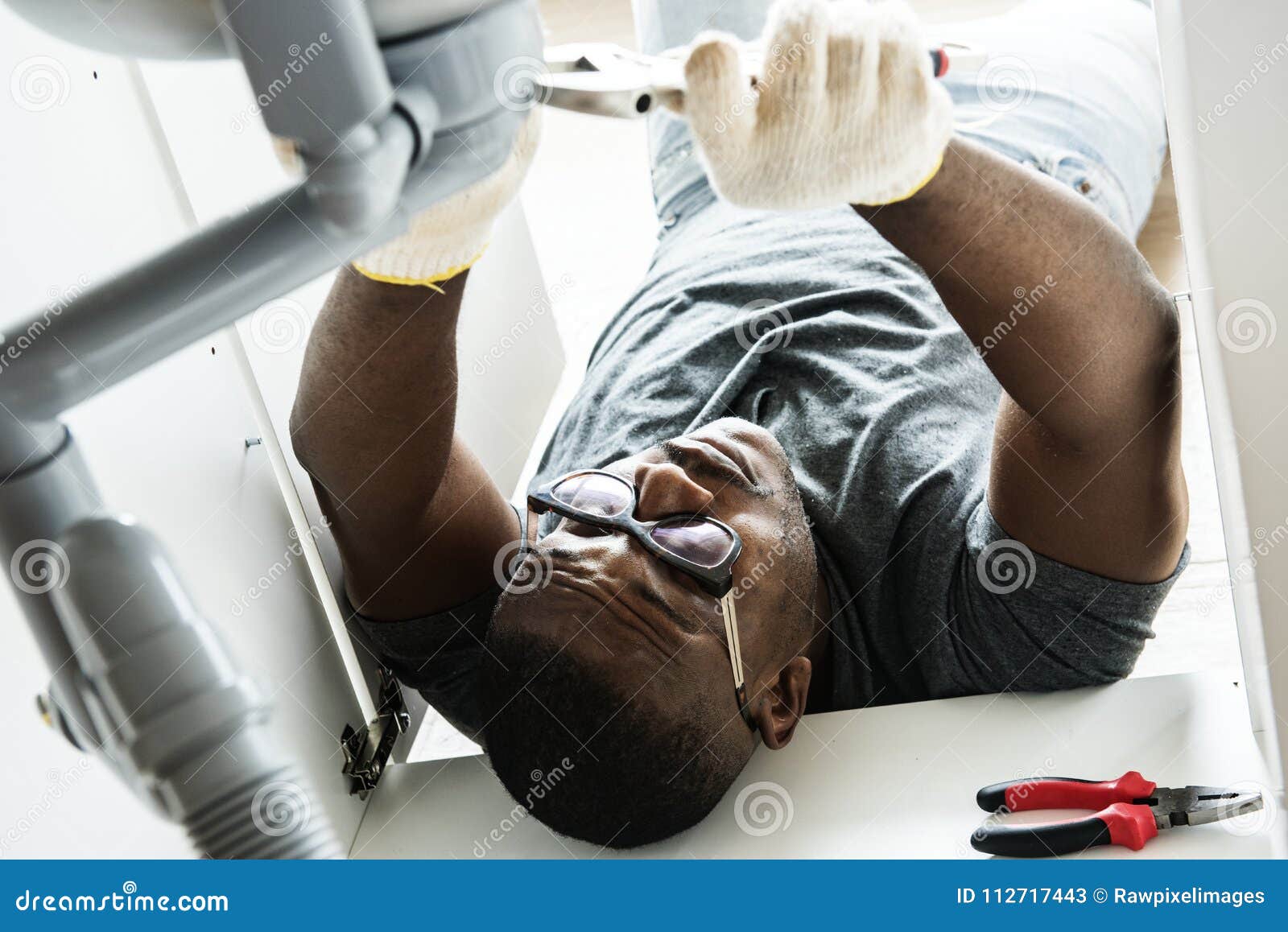Professional Drain Cleaning Alabaster AL to Keep Your Pipes Flowing
Professional Drain Cleaning Alabaster AL to Keep Your Pipes Flowing
Blog Article
A Detailed Guide to Efficient Hot Water Heater Setup for Ideal Performance
Embarking on the task of mounting a water heating system is a venture that demands precision and a methodical method for attaining optimum efficiency. The process starts with the crucial choice of picking the proper heater customized to the specific demands of your family, thinking about factors such as type, size, and power source. As soon as selected, preparing the installation location to meet safety and security requirements is critical. The trip doesn't finish here. As you continue, the complexities of attaching water system lines and establishing dependable electric or gas connections wait for, encouraging insights right into guaranteeing performance and reliability.
Choosing the Right Water Heating Unit

Following, consider the size and capability of the hot water heater. It's vital to examine your house's warm water needs, which can vary based upon the variety of occupants and their usage patterns. A device that's too little may lead to inadequate warm water, while an extra-large model may lead to unneeded power intake.
Performance rankings also play a critical function in choice. Try to find hot water heater with high Power Variable (EF) rankings, showing superior performance and reduced power use. Tankless versions, though typically more expensive upfront, deal significant power financial savings gradually as a result of their on-demand heating capabilities.
Preparing the Installation Location
Prior to installing a brand-new water heating unit, meticulous prep work of the installation location is necessary. It's essential to gauge the area carefully to suit the water heating system's dimensions, making certain appropriate clearance around the unit for effective procedure and servicing.
Following, get rid of any type of particles, dirt, or blockages from the site to create a tidy setting. Examine the floor for stability, as the water heating unit will require a strong, degree surface to operate efficiently. If needed, mount a drip frying pan beneath the unit to catch possible leakages or spills, preventing water damage to the surrounding area. In regions susceptible to seismic activity, think about mounting seismic bands to safeguard the heating system firmly in position.
Additionally, ensure that all needed tools and materials get on hand prior to commencing the setup. This includes products such as wrenches, screwdrivers, a level, and any additional equipment required for mounting and protecting the heating system. A well-prepared installation area establishes the structure for a successful water heating system arrangement, maximizing efficiency and security.
Connecting Supply Of Water Lines
When connecting water supply lines to your freshly set up hot water heater, it is important to guarantee that all connections are protected and leak-free to keep effective operation and protect against water damage. Begin by identifying the warm and chilly water supply lines. The chilly water inlet is usually noted with a blue tag or a "C", while the warm water outlet is noted with a red label or an "H".
Usage flexible water heating unit adapters Read Full Report to promote an easier setup procedure. read this post here Prior to attaching the connectors, put a plumbing professional's tape around the threaded ends of the water heater's inlet and outlet pipelines.
As soon as links remain in place, slowly activate the primary water system shutoff. Evaluate each connection for leaks by visually inspecting and really feeling for dampness. Tighten up links as essential, and ensure the pressure safety valve is correctly installed, protecting against extreme pressure build-up.
Establishing Electrical or Gas Connections
Correctly setting up the electrical or gas links for your hot water heater is an important action to ensure efficient and secure procedure. For electrical water heating units, begin by confirming that the electrical circuit works with the heating unit's voltage and amperage demands. Make sure the power supply is turned off at the circuit breaker to prevent accidents. Attach the electric cables to the heating unit following the manufacturer's circuitry layout. Typically, this involves attaching the ground cable to the eco-friendly terminal, and the remaining cords to their matching terminals, protecting each with wire nuts.
For gas hot water heater, safety is vital. Confirm that the gas supply is off before continuing. Attach the gas line to the water heating system utilizing a flexible gas connector, ensuring it is properly threaded and sealed with pipe joint compound or Teflon tape suitable for gas connections. Tighten up the links with a wrench, making sure not to over-tighten (Plumber Alabaster AL).
When connections are made, inspect for any potential leaks. For gas lines, use a soapy water option to the joints; bubbles show a leak. For electrical links, confirm that all electrical wiring is secure and properly protected, keeping compliance with local electrical codes.
Adjusting and checking for Performance
With the electric and gas connections safely in position, the following action is assessing the functional efficiency of your water heater. Begin by thoroughly activating the supply of water and ensuring there are no leakages at any one of the joints or valves. Once verified, continue to fill up the container, paying attention to the pressure and temperature settings. It is a good idea to establish the thermostat to a suggested temperature level of around 120 ° F(49 ° C) to balance power efficiency and convenience.
Following, do an extensive evaluation to guarantee the burner or gas heaters are operating correctly. For electrical heating systems, make use of a multimeter to validate if the elements are attracting the suitable existing. In gas designs, observe the heater fire; it must be constant and blue, indicating reliable burning.
Readjust the settings as necessary to eliminate ineffectiveness. Think about applying insulation actions, such as including a hot water heater blanket, to get redirected here additionally improve performance by minimizing heat loss. Furthermore, examine the anode rod's problem, as a shabby pole can lower effectiveness and result in storage tank deterioration.
Conclusion
Efficient hot water heater installation is essential for guaranteeing ideal performance and power cost savings. By choosing the ideal type and size, and thoroughly preparing the installation area, a foundation for success is developed. Safely connecting water lines and very carefully setting up electric or gas connections reduce potential problems. Extensive testing for leakages and exact thermostat changes to 120 ° F enhance reliability and performance. Abiding by these steps promotes lasting capability and power preservation in domestic water furnace.

Effectively establishing up the electric or gas links for your water heating unit is an essential step to make sure efficient and risk-free procedure. For electric water heating systems, begin by confirming that the electrical circuit is suitable with the heater's voltage and amperage needs. Link the gas line to the water heating unit making use of a flexible gas adapter, ensuring it is correctly threaded and sealed with pipe joint compound or Teflon tape ideal for gas links.
Report this page